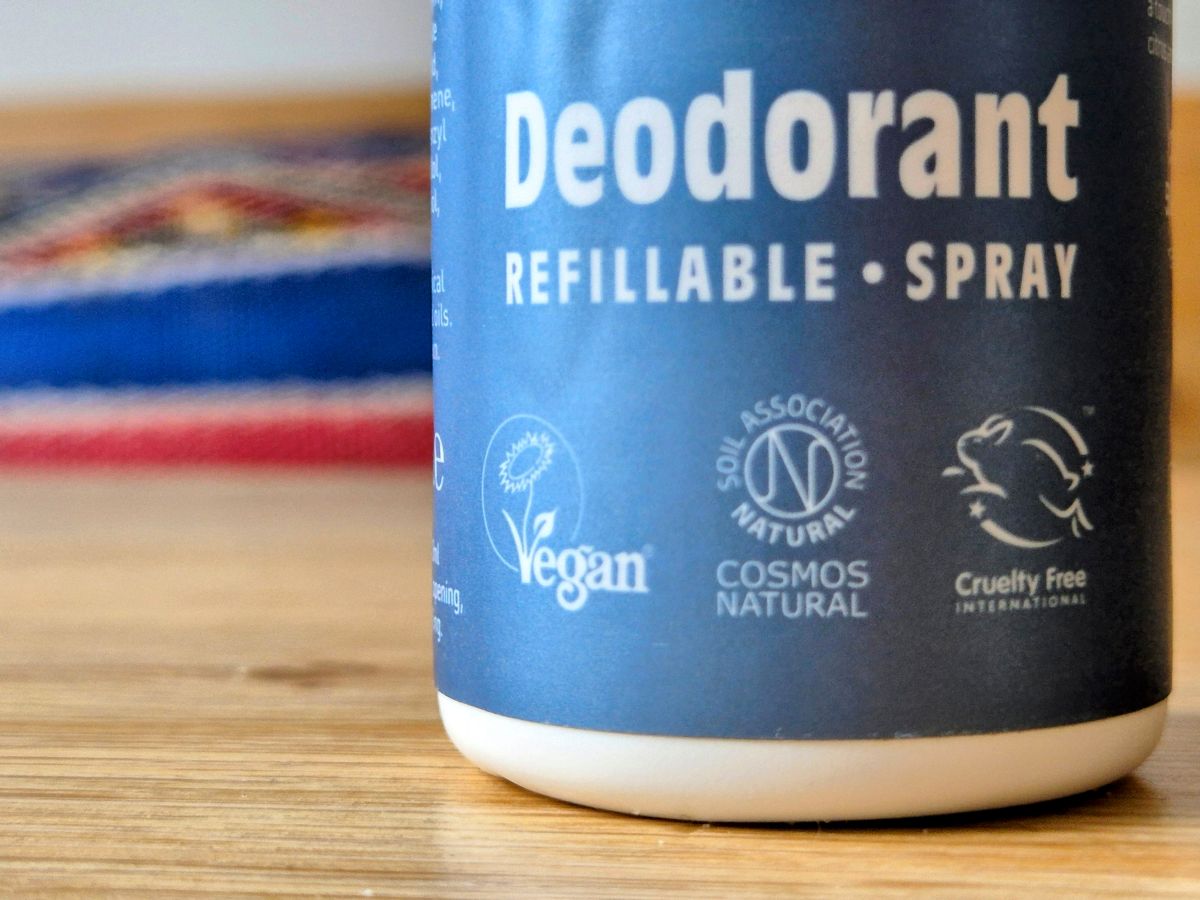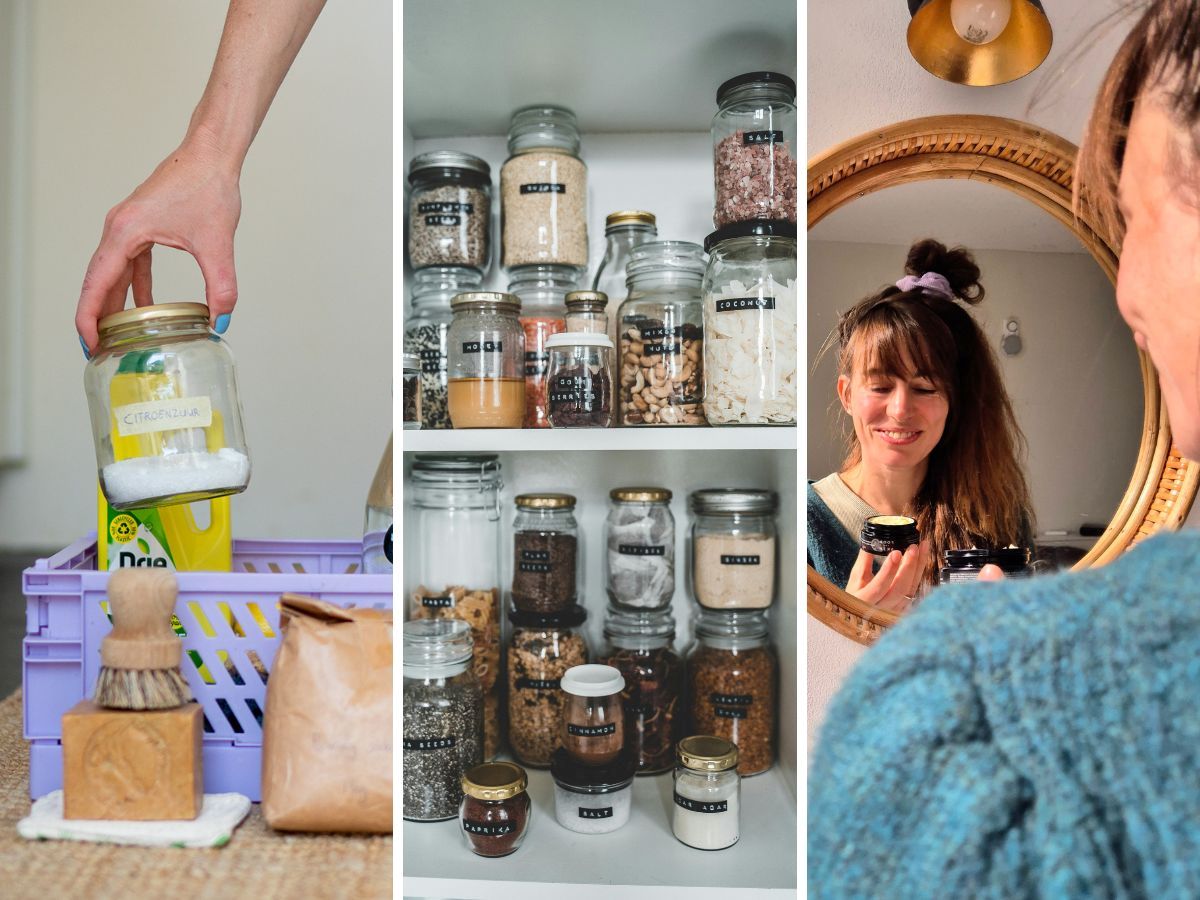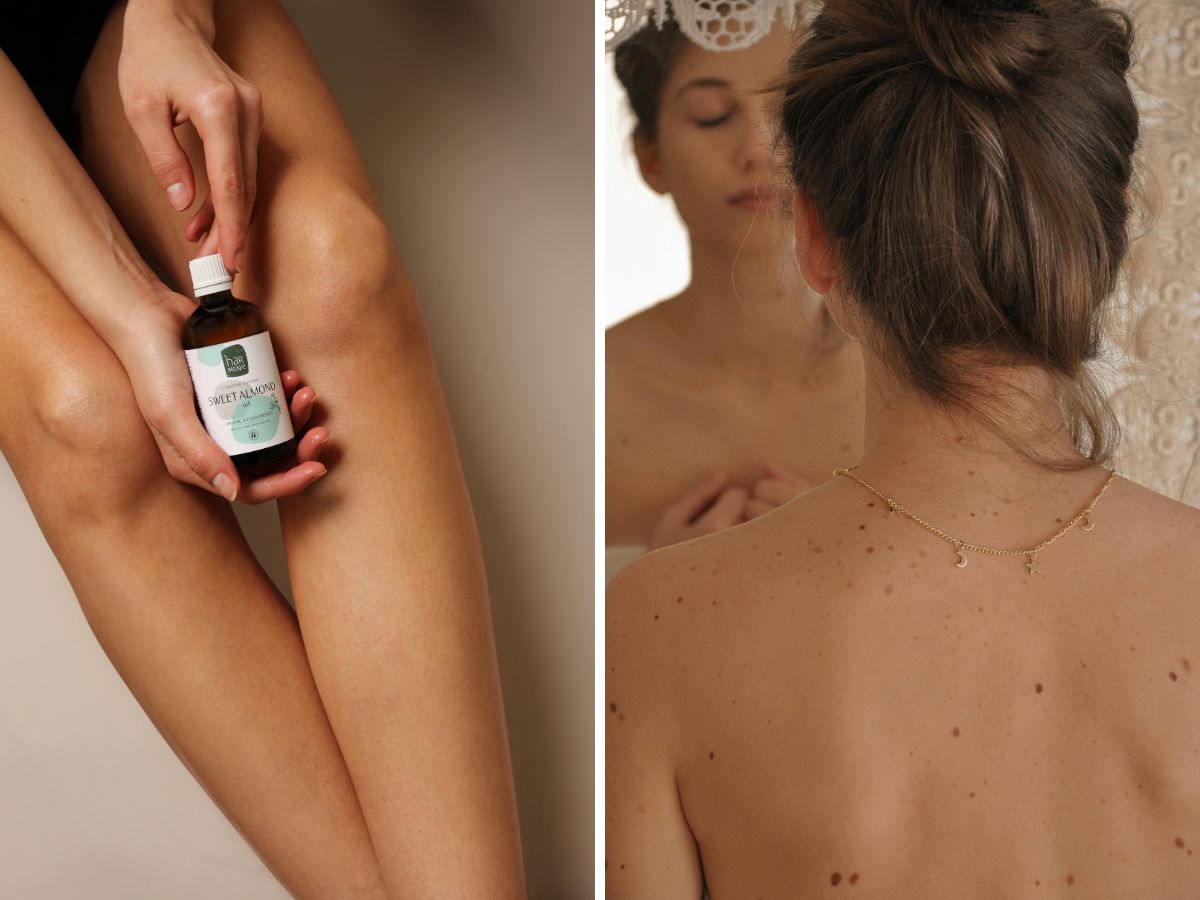On personal care products, make-up and cleaning products in particular, you regularly come across the claims ‘vegan’ and ‘cruelty-free’. But what does this mean? And what does this say about a more sustainable choice? We dove in and discovered that these claims can be quite confusing. And also, ‘vegan’ or ‘cruelty-free’ says nothing about sustainability, as some brands sometimes claim.
Vegan versus cruelty-free
Although there are good and reliable labels - we'll get to that in a moment - any manufacturer can put on their product packaging that a product is vegan and/or cruelty-free. It is not a protected claim. Complicated, then. To understand this file, let's start by explaining the difference between ‘vegan’ and ‘cruelty-free’, because these terms are still sometimes used interchangeably, while they really mean something different. Vegan means that a product contains no animal ingredients and no animals are used in its production. Cruelty-free means that something has not been tested on animals. So a product can be vegan and cruelty-free, one of the two or neither. An example to clarify:
- A lipstick is both vegan and cruelty-free: then you know it contains no animal ingredients, no animals were used in its production AND it is animal-free*.
- A lipstick is cruelty-free: then you know it may contain animal ingredients (think beeswax, wool fat, milk, gelatine, honey, collagen and keratin, etc.), it is animal-free*.
- A lipstick is vegan: then you know there are no animal ingredients in it, no animals were used in its production, but it may not be animal-tested.
* It may contain ingredients that were once tested on animals, which is almost impossible to avoid, experts say.
‘Vegan and cruelty-free are eco-friendly choices’
From followers and readers, we often get ‘the sustainable tip’ to try a product, ‘because it is vegan and therefore a more sustainable choice’. But that, then, is a misconception. Or well, of course a vegan or cruelty-free product can be a more environmentally friendly and thus better choice, but the label vegan or cruelty-free doesn't tell you anything about that. On the contrary, cheap vegan products often have more synthetic ingredients. These are ingredients made in factories, e.g. from petroleum. And these, in turn, can be more harmful to the planet.
Take lipstick again for a moment. There are vegan lipsticks made from plant-based ingredients - like this one from Mádara which we tipped earlier -. The beautiful red colour is created by ingredients like radish and sappan wood. While a cheap vegan lipstick often owes its red colour to synthetic ingredients. As a result, there is a good chance that you are smearing petroleum or heavy metals on your lips, not a nice thing. So if you want to make a more environmentally and animal-friendly choice, you need to pay attention to more things than vegan or cruelty-free. The eco-friendly labels like COSMOS, Nordic Swan Ecolabel, Natrue, EU Ecolabel, can help you with this! Check out Milieu Centraal's labels guide for this.
Good vegan and cruelty-free labels
Besides eco-friendly labels, there are also animal-friendly labels. Sometimes they also appear together on a beauty product. Top!
- There are a number of good labels for vegan products. The nice thing is that this also gives you assurance that the brand does not test on animals. Which ones they are: the famous PETA-Approved Vegan, the green and white sunflower of The Vegan Society, the yellow-green label of V-Label and the certified vegan black heart of vegan.org.
- Cruelty-free can be recognised by labels of PETA-Approved or Leaping Bunny. You know, the logos with the bunny you've probably spotted before. If you see that on a package, then you know something is animal-free, but it may still contain animal ingredients. So if you're a staunch vegan, it's important to take this into account.



Vegan and animal-tested products are increasingly coming in different forms: with various labels or just with the mention, in the latter case always check which company is behind it. What is their sustainability policy and what do they say about the ingredients?
Animal testing is banned in Europe, right?
Then a word about animal testing for beauty products (and for ingredients in those products). But hello, animal testing is banned, right? That's right! Indeed, animal testing has been officially banned in Europe since 2004, and since 2013 it has also been illegal to sell cosmetics and personal care products tested on animals in Europe. Note: animal testing on detergents is still allowed.
So, in short, for beauty products it seems a clear story. Only outside Europe it is slightly different and that makes the situation murky. There, animal testing is sometimes even mandatory. And so it could be that your beauty product is not tested on animals in Europe, but that the cosmetics company behind it operates in countries where animal testing is mandatory or allowed. So that way, they are still participating in it. This can also apply to vegan products. Complicated, isn't it?
If you want to stay away from that altogether, choose a beauty product (or cleaning product) with one of the vegan and cruelty-free labels. Or try to find out which countries the beauty brand operates in. You can find more information on the website animalrights.nl. A green, orange and red list of beauty products has been published on it. Other informative sites on the subject are crueltyfreeinternational.org and peta.nl. And sometimes you can infer more from statements on websites of your favourite beauty products. There you will read ‘that they do not test on animals unless it is required by legislation’. Then you know that they have not done any animal testing for the European market (because in principle this is not allowed), but probably for selling their products elsewhere. OK, this is already a complicated story, but it gets even more complicated. Want to know more about this? We have written a separate article on animal testing on beauty products.
More sustainable tips from thegreenlist.nl
- Read also: Why the claim ‘natural’ doesn't always mean anything.
- Looking for eco-friendly beauty products? Check out this the list of good beauty brands.
- Sustainable oral care? Oral hygiene is also different than you think!
Photo credits: thegreenlist.nl.












